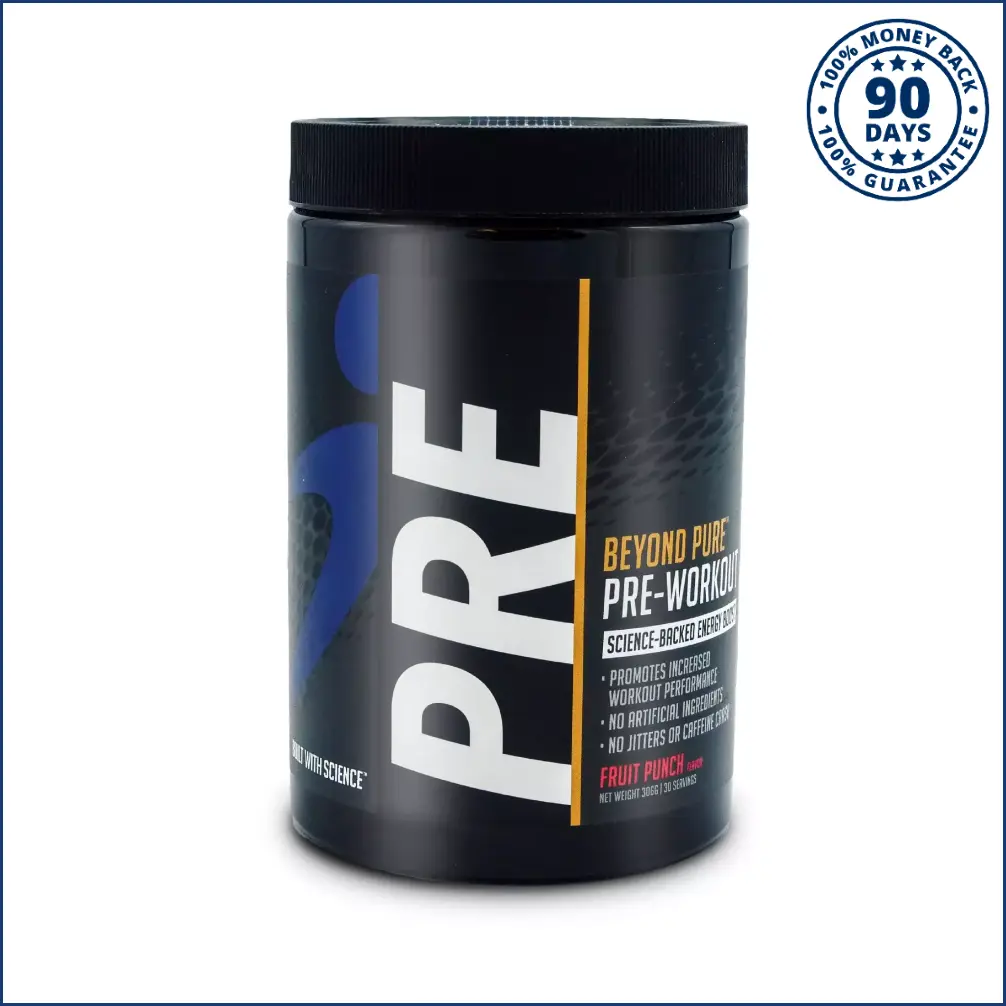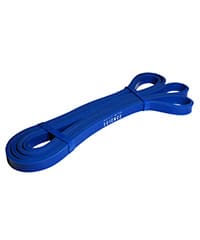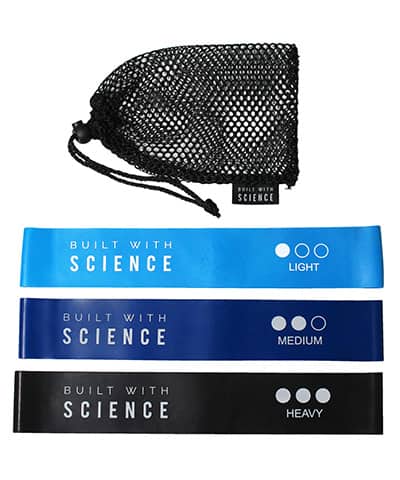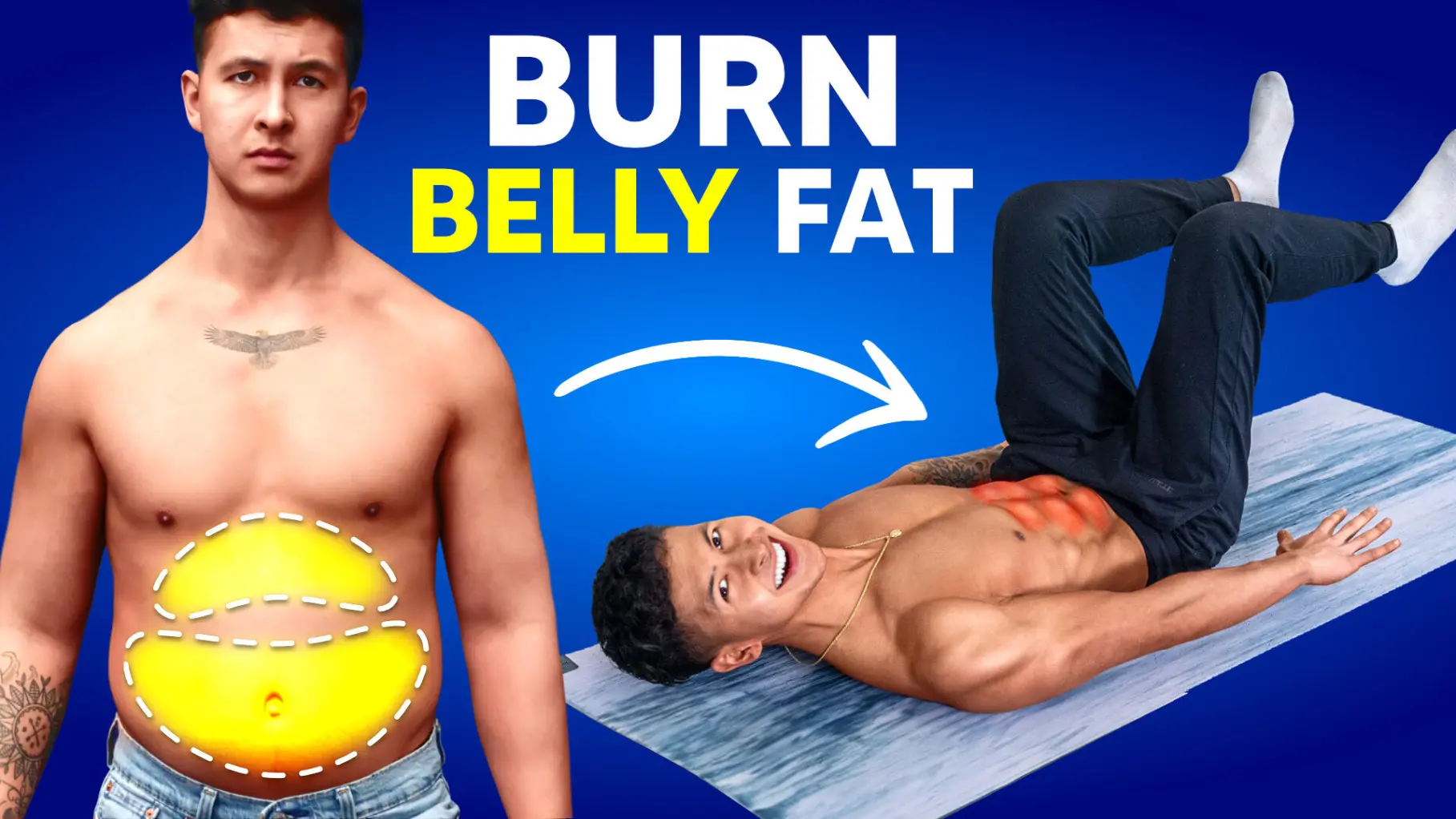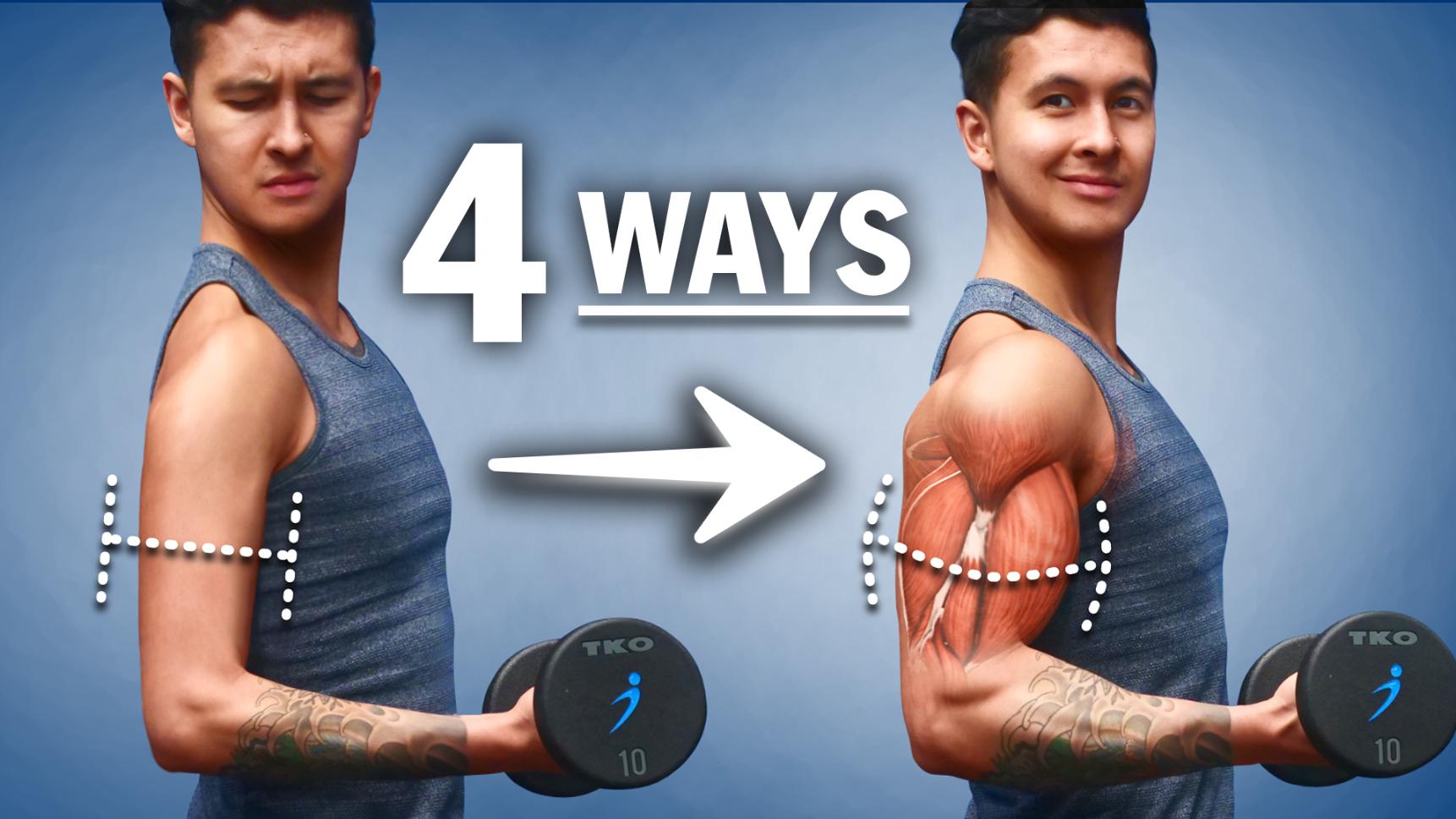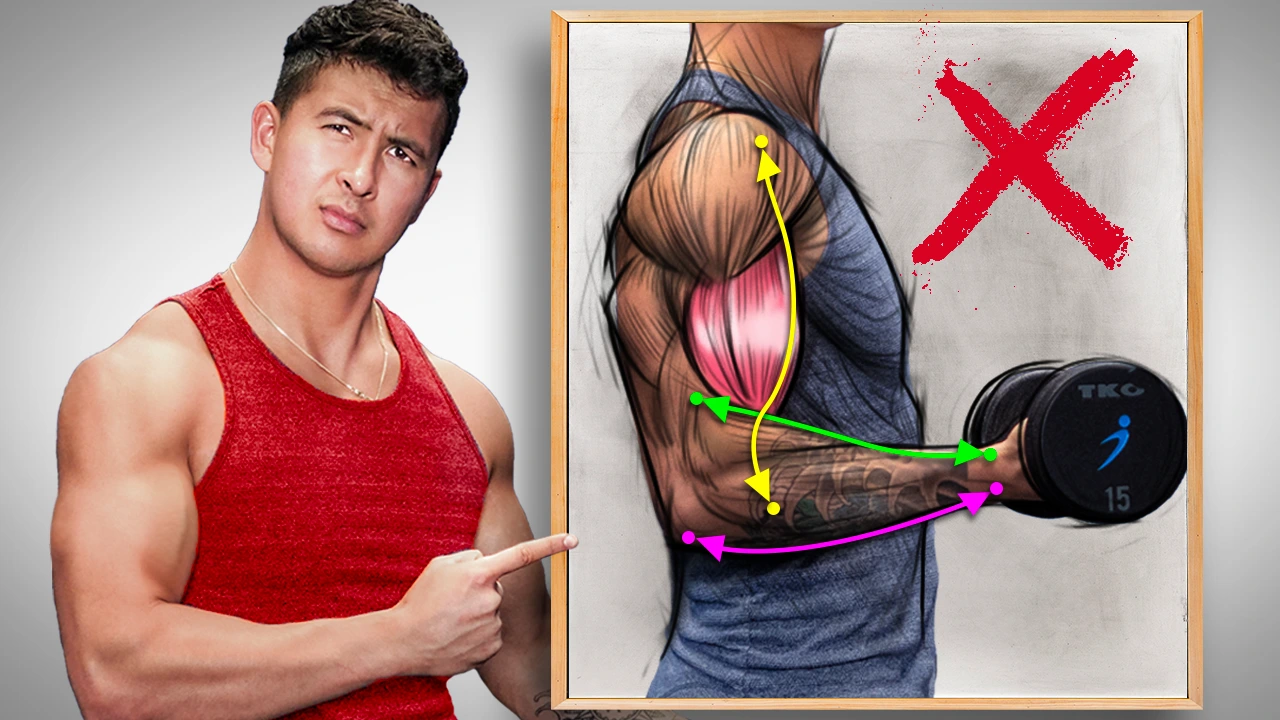
STOP Doing Bicep Curls Like This (5 Mistakes Slowing Your Gains)
Bicep curls look easy to master. But many do the exercise without ever seeing meaningful growth in the biceps. You could be different. Discover the 5 bicep curls mistakes to fix right now so you experience game-changing growth.
Biceps training isn’t complicated.
Although there are tons of different exercises, they pretty much all boil down to one movement: bicep curls. Hold a weight, then flex the arm. Simple, right? Not really.
There are 5 common mistakes almost everyone makes with bicep curls.
Fix these, and your curls will instantly become far more effective at growing your biceps.
By the way: this applies across all exercises you do. If you want to get results faster, then it’s important that you avoid all the common gains-stealing exercise form mistakes. What, exactly, are these, though? Find out in my programs. They'll guide you through proper exercise execution in a step-by-step manner (and more!) Take the quick analysis quiz below to discover the best program for you and your body:
Click the button below to take my analysis quiz to discover the best program for you:
↓
Mistake #1: Cheating The Bottom Position
You might’ve already noticed that as you curl a weight up, it gets harder and harder and becomes the most difficult mid-way when your forearm is perpendicular to the ground.
After this point, it gets easier.

Your body can sense this and finds ways for you to “cheat” through this difficult bottom half of the movement without you even realizing it.
One way it does that is by initiating each rep with a slight swing.
I’m sure we’ve all seen guys at the gym who take this to the extreme, but even just a slight swing at the bottom can make bicep curls (no matter your preferred variations — including dumbbell bicep curl or cable bicep curl) feel much easier and enable you to use heavier weights.

The problem with that, however, is although you’re able to use heavier weight, it doesn’t result in more tension to your biceps. That additional load goes straight to your lower back which is now helping you get the weight up by using momentum.
And ... that is probably why you've been feeling that nagging ache in the lower back. For quick relief, check out this article on how you could fix AND prevent lower back pain (for good!)
Do These To Prevent Yourself From Cheating On Your Bicep Curls
In fact, next time you’re in the gym, try doing a standard set of curls with your regular form.
Then, stand with your back against a wall to prevent your body from swinging at all. If you had to drop the weight considerably, then it means you’ve likely been incorporating too much momentum into your regular curls.
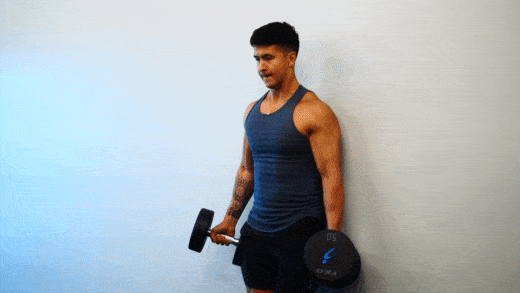
Although I wouldn’t recommend doing all your bicep curls against a wall, you’ll see far better biceps growth and reduce your risk of injury if you simply lighten the weight and minimize the amount of swing you use, especially towards the end of your set when the reps start to get really tough.
That'll significantly improve your chances of achieving proper, growth-enhancing form on the bicep curl.
Mistake 2: Cutting Your Range Of Motion (ROM) On The Bicep Curls
For the next mistake, I want you to take a look at two really interesting studies.
One study published just last year had subjects perform the preacher curl but under two different conditions.
One group performed only the bottom half of the curl and the other group performed only the top half of the curl, using a weight that matched their strength level in each position.
The biceps of each subject was measured at three points.
After 5 weeks, here’s what happened.
The group that performed only the bottom half experienced roughly 2.6 times more biceps growth when averaged across the measurement sites. However, what’s interesting is that most of this growth occurred at the third measurement site, located towards the bottom of the bicep.
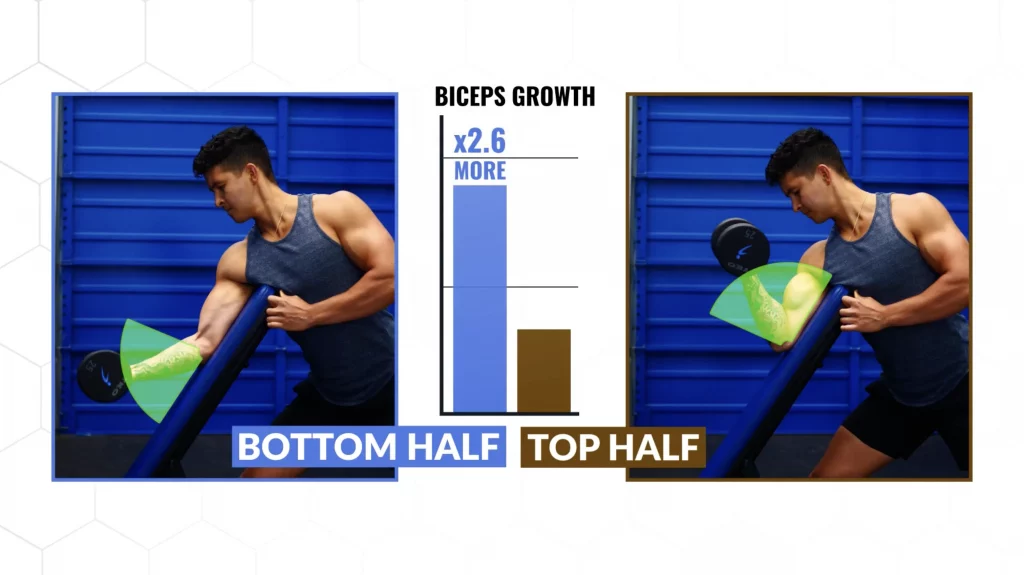
Now what makes this really interesting is that another study also published just last year replicated an almost identical design, not on the biceps but on the leg muscles.
They had subjects perform the bottom versus top half of the leg extensions and one more group who did the full range of motion.
They measured the growth of the quad muscles at four different sites. After 12 weeks, here’s what they found.
For the measurement site closest to the top of the quads, growth was similar across the groups. However, as you got further and further down the quads, growth became significantly greater for the group who only performed the bottom half of the leg extension, even greater than the group who performed the full range of motion reps.
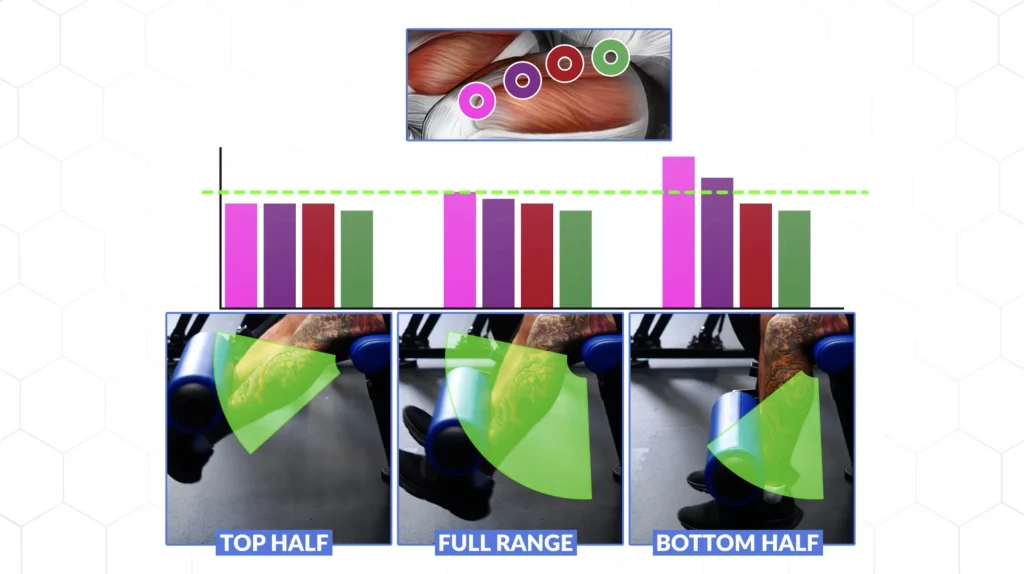
(Psst: want EXPLOSIVE quads growth? Then this article on the 5 mistakes keeping your legs skinny is right up your alley.)
This is similar to what we saw with the previous biceps curl study as well.
Always Extend Your Arm Fully At That Bottom Position On Your Bicep Curls
What does this mean?
Well, I wouldn’t recommend doing only partial reps from now on, but it does seem that the bottom part of an exercise when the muscle is fully stretched provides a powerful stimulus for growth.
Especially in the distal regions of a muscle like the bottom part of your biceps.
So whenever you do your bicep curls, avoid cutting the range of motion short at the bottom position. Instead, extend your arm fully by flexing your triceps at that bottom position of your bicep curls before you go into your next rep to ensure your biceps get fully stretched.
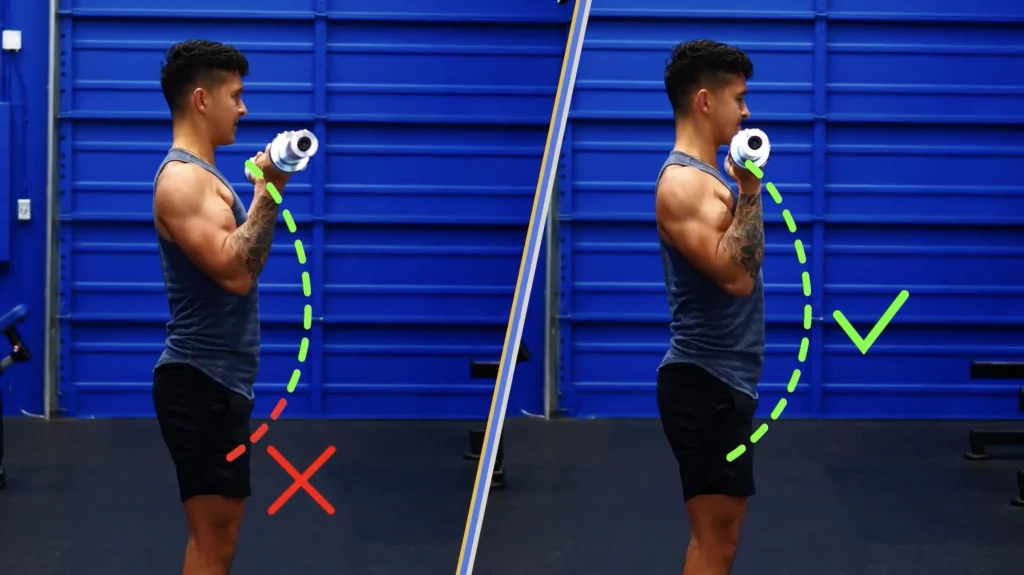
Mistake #3: Flexing Your Wrist And Involving The Forearms More Than Is Necessary
I remember for the longest time, whenever I’d do bicep curls (be it bicep curls with dumbbells or with cables) I’d end up feeling it more in my forearms than in my biceps.
In some cases I’d have to stop my sets not because my biceps failed but because my forearms just couldn’t handle holding the weight any longer.
The reason for this had to do with my wrist position.
The function of the inside forearm muscles is to flex the wrist. Many people, when they curl, subconsciously flex their wrists when trying to get the weight up. This can lead to the forearms working harder than they have to be, eventually leading to fatigue and cramping.
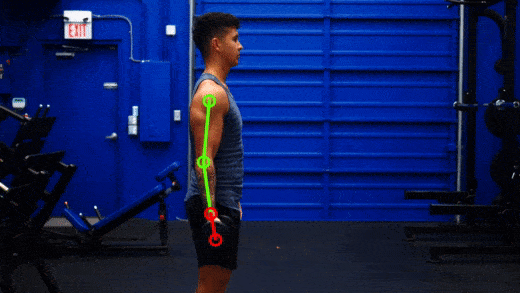
Instead, next time you do your bicep curls, first bend your wrist back so that it’s aligned with your forearm, and then keep it that way as you curl.
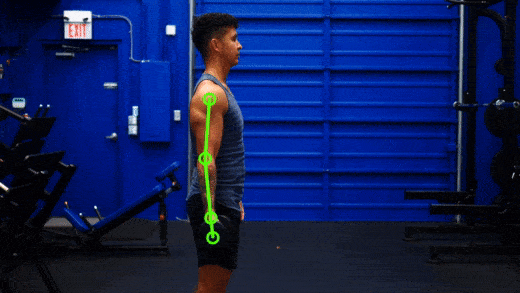
When done properly you’ll notice your forearms are now far less involved and your biceps are activating a lot more than they used to.
But wait. What if you do want to grow your forearms? Well, then at least you'll want to do so in an intentional way. This article guides you through the 3 science-based tips that'll get big forearms — fast.
When it comes to building muscle, caring about — and fixing the — (seemingly) littlest of things can make the hugest difference. Like in the case of your forearm flexion when doing bicep curls. If you're interested in exploring more tiny tweaks you could incorporate into your routine for impressively big gains, take my quick analysis quiz below to discover the best program for you and your body:
Click the button below to take my analysis quiz to discover the best program for you:
↓
Mistake #4: Swaying The Elbows Forward
Next, let’s talk about the elbows.
The primary function of the biceps is to flex the elbow. But whenever you curl with a weight that’s too heavy for your biceps to lift, your front delts will start to help out by swinging your elbow forward.
Now some argue that this elbow-forward movement, called shoulder flexion, is actually beneficial to do when you curl because it’s one of the functions of the biceps.
This is true, but it’s only a secondary function of the biceps.
The front delts are far better at performing this movement. And in fact, biomechanics expert Coach Kassem tested this and found that allowing the elbows to excessively sway forward during bicep curls led to less biceps activation and more front delts activation. The opposite of what you’d want.
So instead, keep your elbow locked as you perform the bicep curls and focus on the biceps’ primary function: flexing the arm.

A little bit of elbow movement is perfectly fine and hard to avoid, but anything more than what’s shown here will likely lead to more of your front delts taking over instead of your biceps.
Mistake #5: Neglecting Mind To Muscle Connection
If you take a look at my form now you’ll notice I’ve corrected all the common bicep curls mistakes I previously went through.
But there’s another mistake not visible to the eye that can potentially slow your gains.
To explain this, let’s refer to a 2018 paper that some of you might remember from my past articles.
Within it, researchers randomly assigned participants to 2 groups:
- Group 1: Told to perform bicep curls while really focusing on squeezing the biceps and really feeling the muscle work
- Group 2: Instructed to simply lift the weight
After 8 weeks of this, the group that focused on feeling their biceps working on the bicep curls experienced almost double the bicep gains.
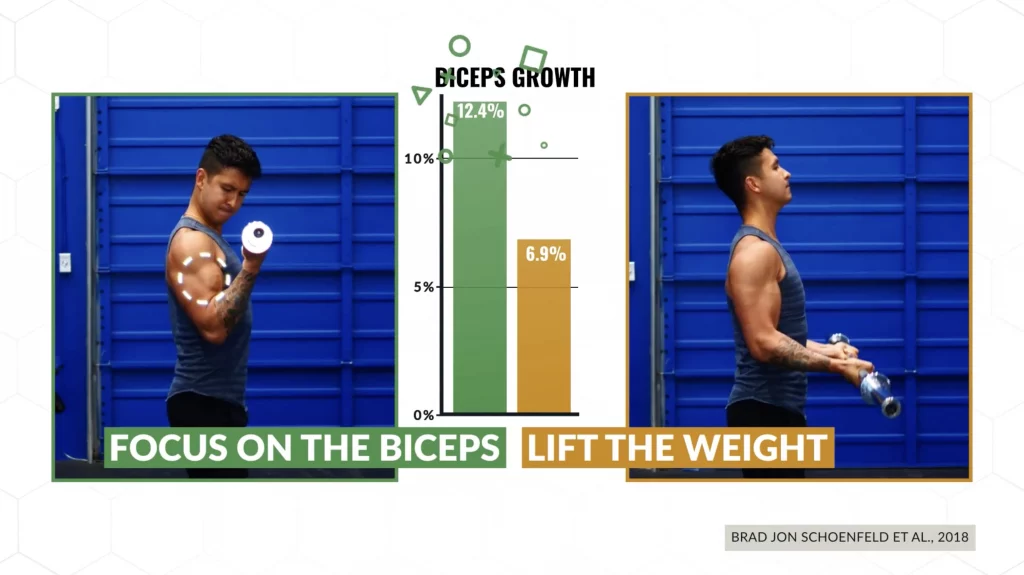
Struggle To "Feel" Your Biceps On Bicep Curls?
Some of you, however, even with proper form, might have a hard time feeling your biceps. If that’s the case, then try this out:
- With your arm by your side, flex your biceps as hard as you can
- Then, bring your arm up in front of your face and again flex hard
You should feel a very strong biceps contraction when your arm is in that position, almost to the point where your biceps are cramping.
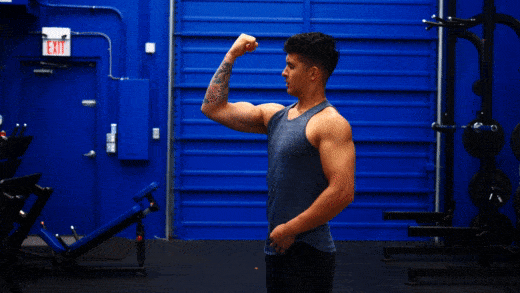
You don’t want to do curls in that position, but you can do this to actually feel what a strong biceps contraction is like.
Then, when you go into your bicep curls, here are some additional tips:
- First, rather than thinking about simply lifting the weight up, think about pulling the bar or dumbbell into your body.
- And, as you curl the weight up, focus on driving your pinkies up towards the ceiling as if you were trying to rotate your hands outwards. This emphasizes another function of the biceps, supination, which can help you get an even stronger contraction to get the most out of every single rep.
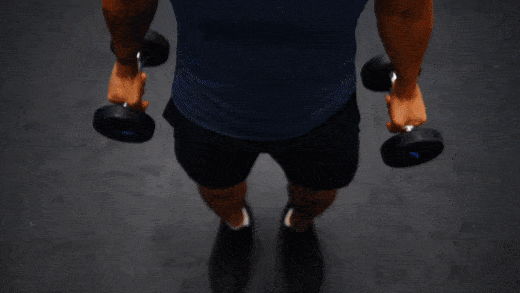
Go Beyond Fixing Your Bicep Curls
Next time you do bicep curls, apply these 5 fixes, and you'll quickly feel (and see!) just how much of a difference it makes.
But if you want to speed up your results then it’s important you’re aware of all the little details when it comes to your exercise form. Not just for your biceps but for all your muscles. For a step-by-step science-based program that takes care of all the guesswork for you, just take my analysis quiz to find the best program for you and your body below. It’s worked for countless others, and it’ll work for you:
Click the button below to take my analysis quiz to discover the best program for you:
↓
I’d also suggest you give the following articles a read:
- Speed up your biceps growth: How To Get Big Biceps: 5 Mistakes Keeping Your Arms Skinny
- Fix your dumbbell press form: STOP Doing Your Dumbbell Bench Press Like This (5 Mistakes Slowing Your Chest Gains)


